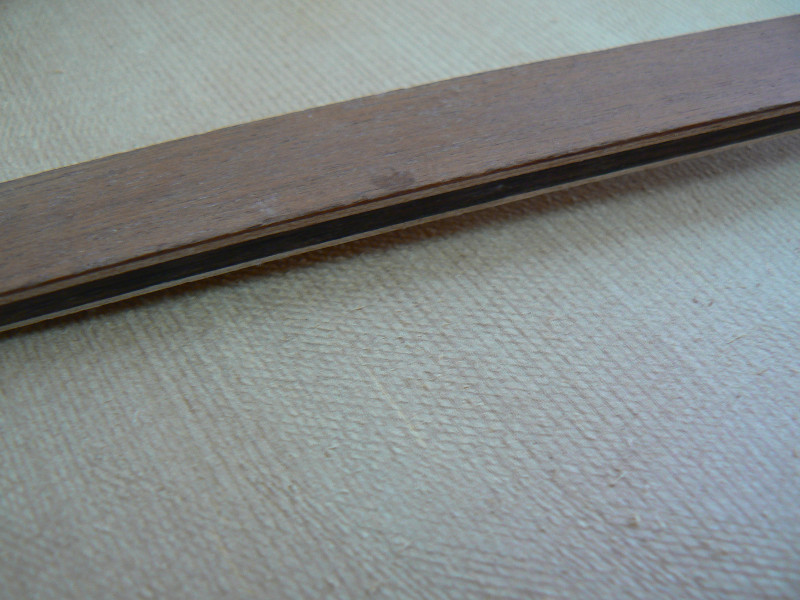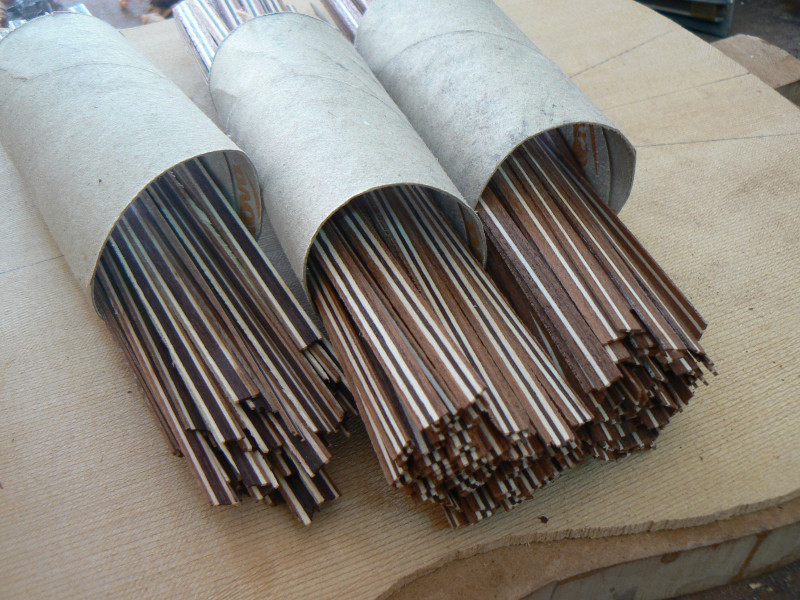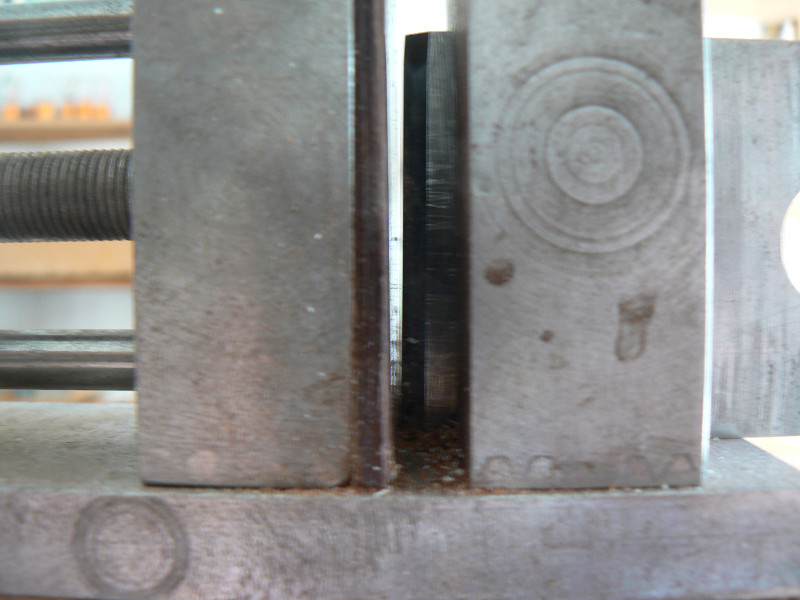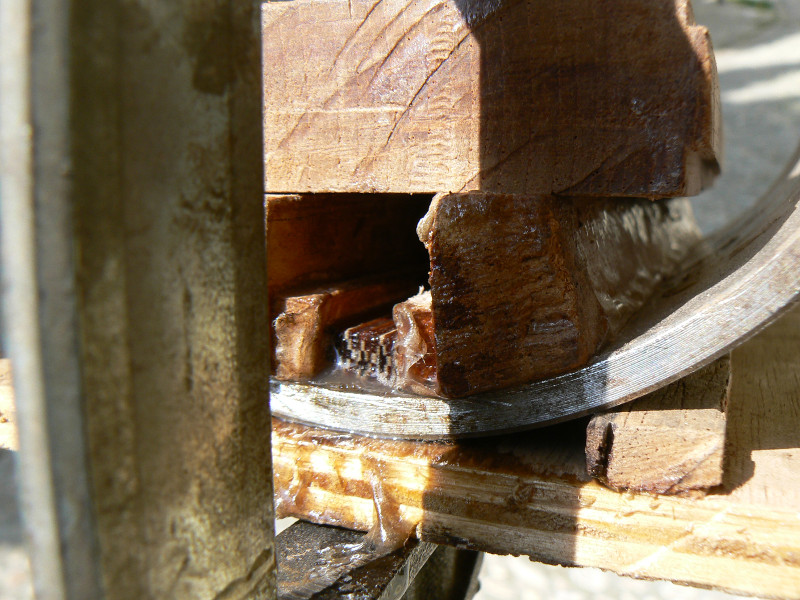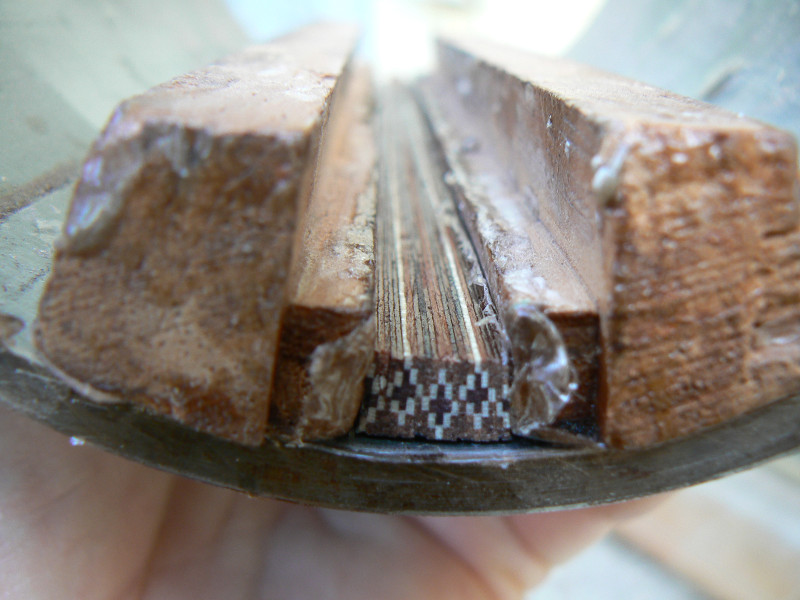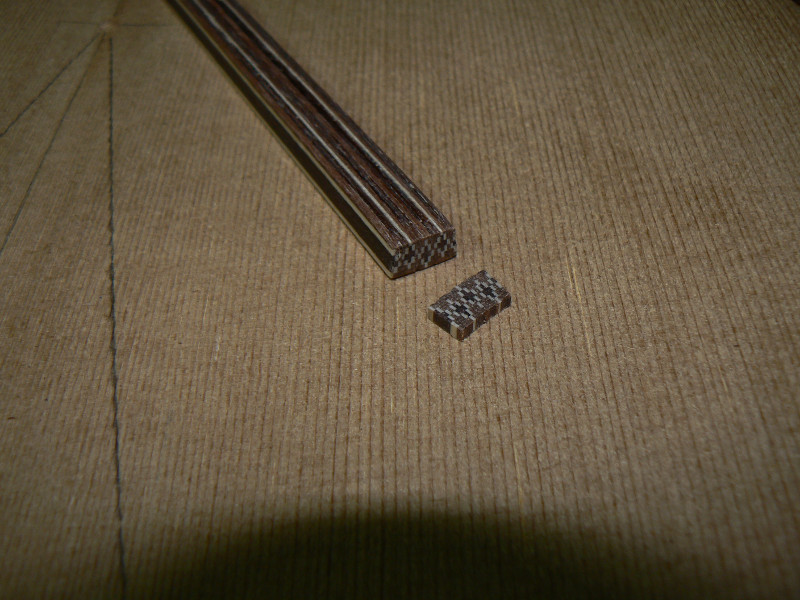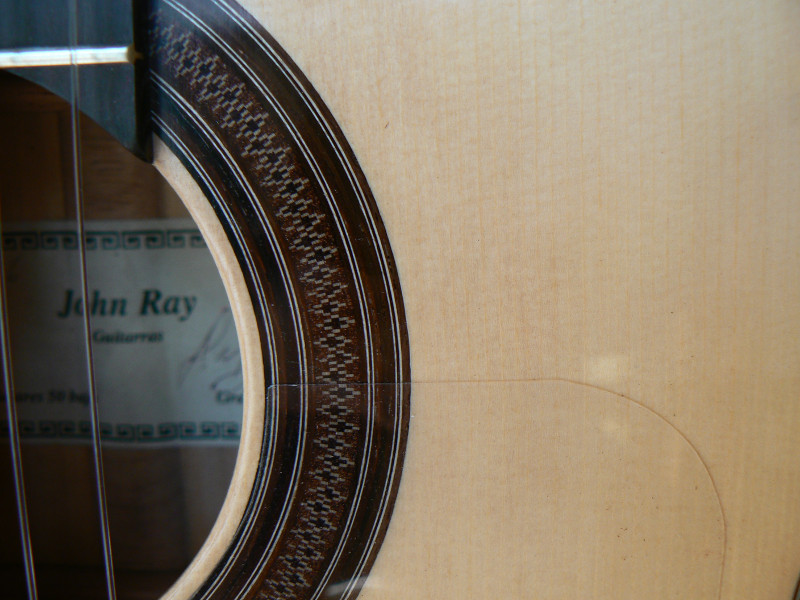Here is a little about this famous Spanish book from this page. Below is a powerful video of one of the poems.
This is a literary text written in poetical prose. It is also part fiction and part autobiographical. It relates the life of the author in his beloved hometown, Moguer, Spain. In addition to the relationship that he has with his faithful little donkey, Platero, the story depicts the life in a small Spanish town, of the author’s life after he returned to his hometown after being gone for a while. The towns’ people see him as being a odd….dressed in black, and always accompanied by his donkey…the town’s children call him “El loco”. The book is divided into 138 short sections, narratives, which are numbered chapters; no one contains more than eight paragraphs. It is poetical in the author’s choice of words and style of writing: metaphors, similes, symbolization, and lyrical impressions abound. Keeping with the poetical prose of Romanticism, the author utilizes musical aspects of language as well as poetical images. Many think JRJ wrote this book with children as his intended audience; however, the author himself addressed this in the prologue to a later edition saying that this was for no one.
“Some people believe that I wrote Platero and I for children, that this is a book for children.
No. In 1913, the editor of La Lectura, who knew I was writing this book, asked me to advance
a few of its most idyllic pages for its “youth series.” Then, changing my idea momentarily,
I wrote this prologue:
A NOTE TO THOSE GROWNUPS WHO MIGHT READ THIS BOOK TO CHILDREN:
This short book, where joy and sadness are twins, like the ears of Platero, was written for… I have no idea for whom!
… For whomever lyric poets write… Now that it goes to the children, I do not add nor remove a single comma. That’s it!
“Wherever there are children”- Novalis used to say- “there is a Golden Age.” Well. it is within this Golden Age, which is like
a spiritual island fallen from the skies, that the heart of the poet walks, and it finds itself there so at home that its
most cherished wish would be not to have to ever abandon it.
Island of grace, of freshness and of joy, Golden Age of children; I always could find you in my life, a sea of mourning;
let your breeze lend me its lyre high and sometimes senseless like the trill of the lark in the white sun of the morning!
I have never written nor will ever write anything for children, because I believe that the child can read the books that
grownups read, with some few exceptions, that come to everyone’s mind. There are of course exceptions too for men and for women.”
Juan Ramón Jiménez

 Myself and two other makers were asked to present our Torres copies. This year I will be attending once again to present “The Granada School of Guitar-makers” on July 2. This will be a chance for the international attendees to have a look at the book and to buy it in Cordoba.
Myself and two other makers were asked to present our Torres copies. This year I will be attending once again to present “The Granada School of Guitar-makers” on July 2. This will be a chance for the international attendees to have a look at the book and to buy it in Cordoba. 
